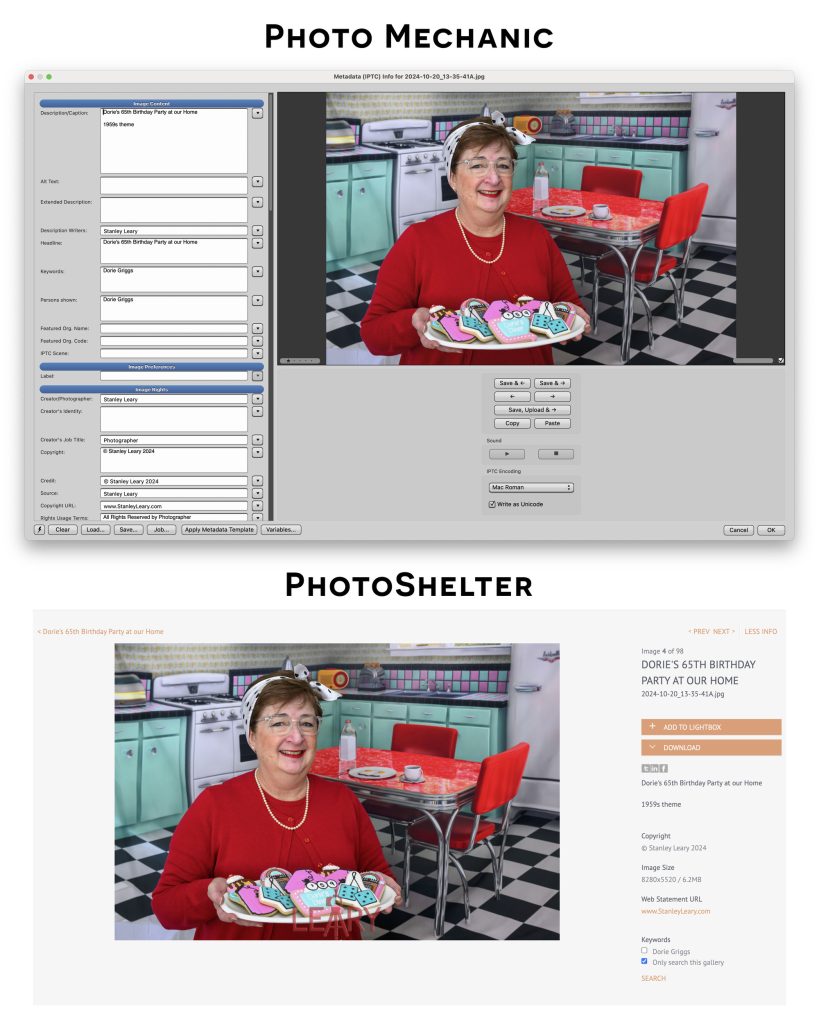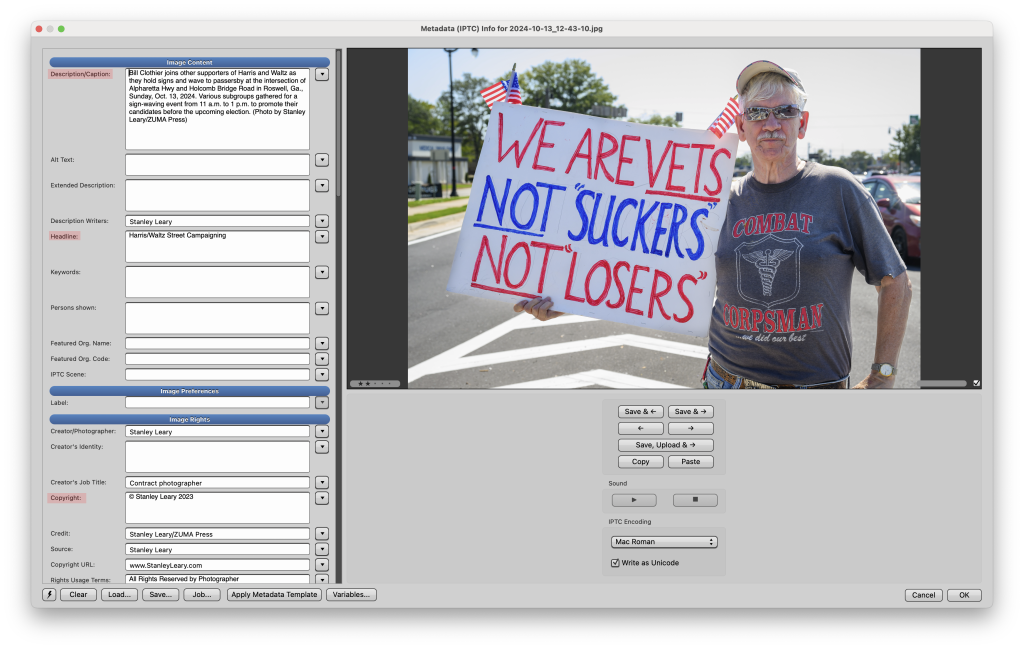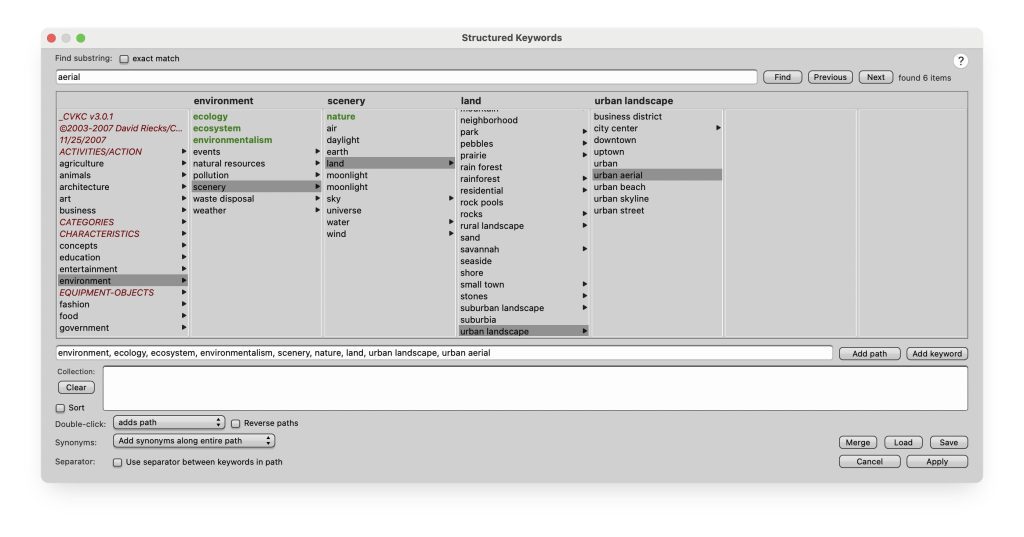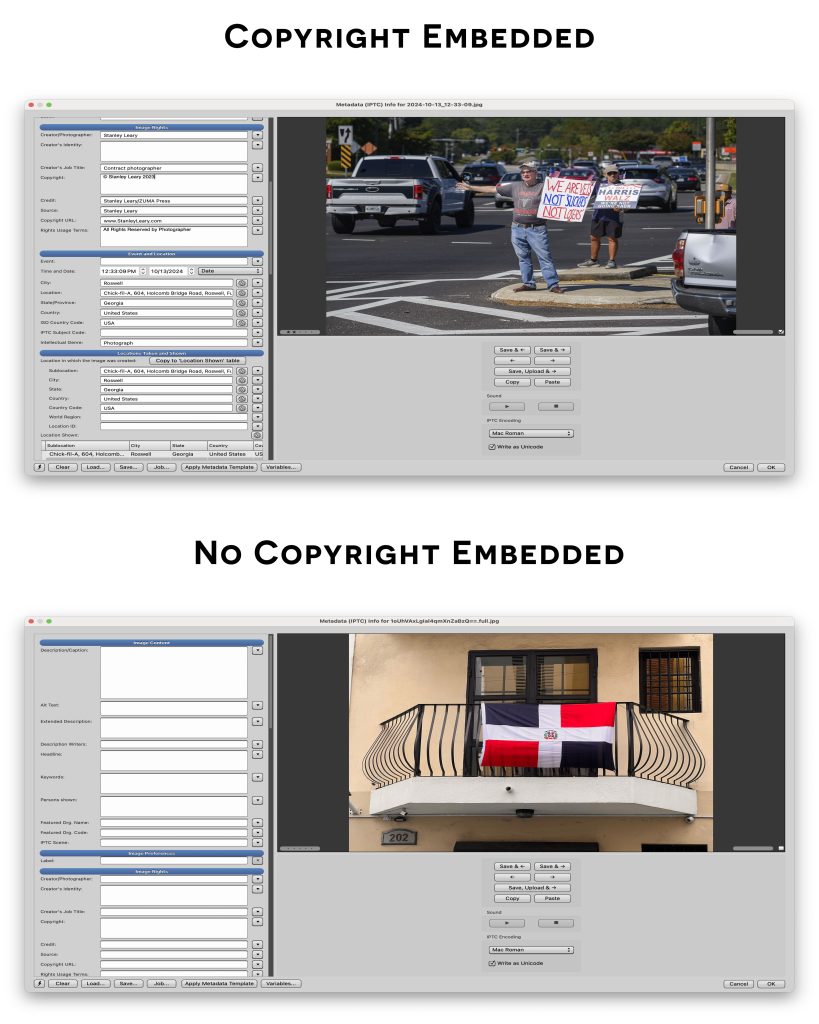As a professional photographer, efficiently organizing and identifying your photos is critical to streamlining your workflow and maximizing productivity. Whether managing your archives or sharing a collection with a client, the method you choose for organizing images can make or break your efficiency. Many photographers start by naming files and sorting them into folders, but there’s a much better system available: IPTC metadata.
In this post, I’ll explore why using IPTC metadata to tag and identify your images is far superior to relying solely on file names and folders. I’ll also share ideas for incorporating photos or graphics to make your metadata work visually intuitive.
What is IPTC Metadata?
IPTC metadata refers to information embedded directly into the image file itself. This can include captions, keywords, photographer information, copyright details, location data, and more. Unlike file names and folders external to the image, IPTC metadata remains with the image no matter where it goes, ensuring your photos are constantly organized, searchable, and protected.
1. Consistency Across Platforms
Have you ever moved a batch of photos from one folder to another, only to lose track of where things are? One significant benefit of IPTC metadata is that it stays with your image across platforms. Whether the image is stored on your local hard drive, uploaded to a cloud service, or shared via a client portal, the metadata goes with it. This means your images can always be identified—no matter where they end up.

2. Granular Searchability
Metadata lets you attach keywords, descriptions, and other identifying information directly to your images, making them far more accessible to search and retrieve later. If you need to find photos of a specific event, subject, or location, you can search by the metadata fields instead of trying to recall file names or folder locations.

3. International Standardization
IPTC metadata follows global standards, meaning it works across different software, platforms, and industries. Whether you’re using Adobe Lightroom, PhotoMechanic, or another editing tool, IPTC metadata is recognized. This standardization is a massive advantage in professional settings where collaboration and consistency are essential.

4. Context Preservation
File names only hold so much information; folders often become vague or repetitive. With IPTC metadata, you can store critical context about an image, such as the names of people featured, location data, or even a short story behind the shot. This helps you and clients or collaborators who need to quickly understand the image’s backstory.

5. Managing Large Collections
For photographers managing thousands of images, manually renaming and sorting files into folders can quickly become overwhelming. IPTC metadata enables you to batch tag and organize photos faster and more accurately. Met metadata makes an image’s details readily searchable without complex file structures.

6. Intellectual Property Protection
Another considerable advantage is the ability to embed copyright information directly into your photos. With IPTC metadata, you can include your name, copyright date, and usage restrictions, ensuring that anyone using the image can quickly identify its creator. This is particularly important in today’s fast-paced digital world, where photos are frequently shared online.

7. Enhanced Client and Team Collaboration
Clear organization is vital to smooth the process when sharing an extensive photo library with a client or team. IPTC metadata allows clients to search for images based on keywords or descriptions rather than manually sifting through hundreds of files. This leads to quicker image selection and a more seamless collaboration process.

Conclusion
While organizing images with file names and folders can work for small collections, using IPTC metadata elevates your workflow to a professional level. It provides consistency, powerful searchability, standardized organization, and intellectual property protection—all in one comprehensive system. By embedding this information into the image file, you’re future-proofing your photo organization and making your work more accessible to clients and collaborators.

